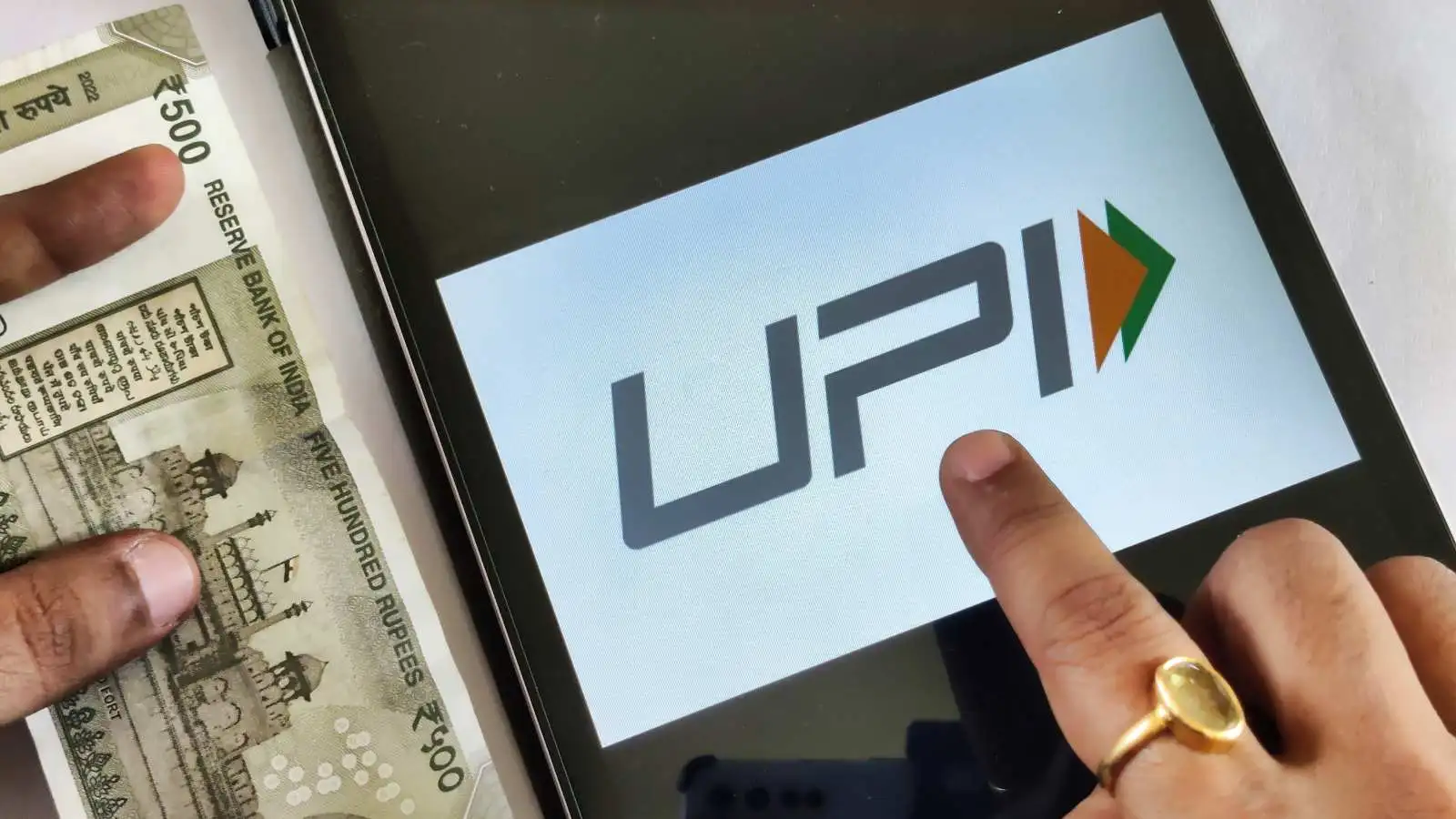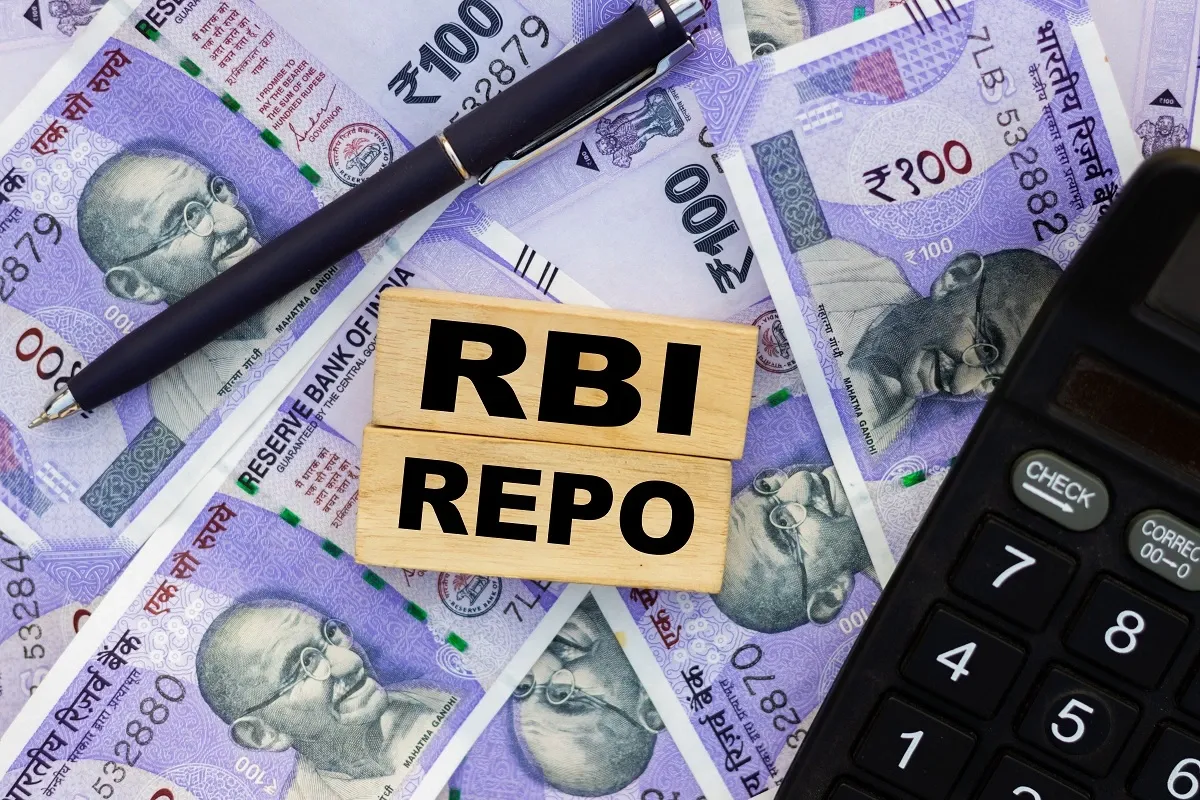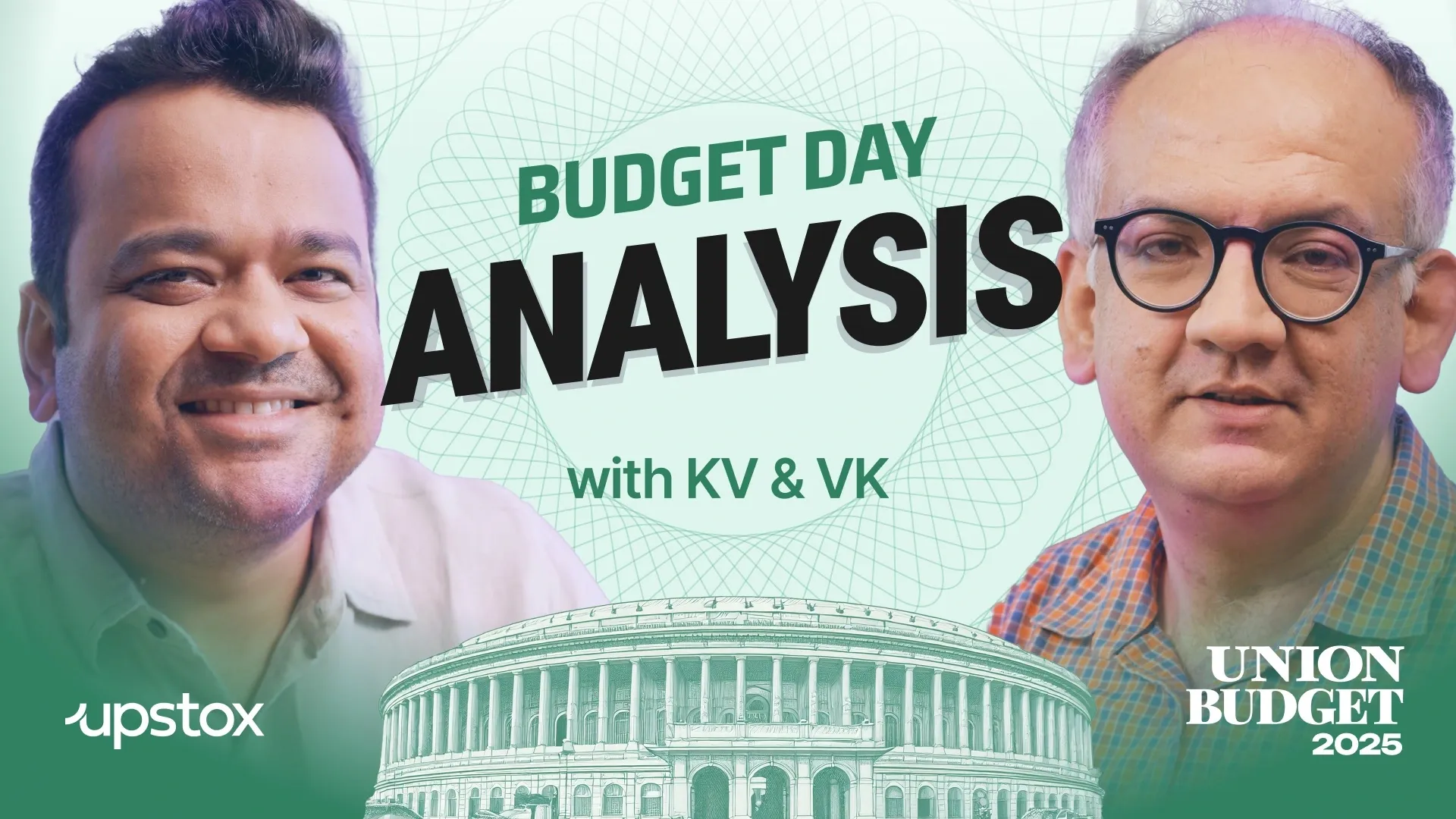Business News
UPI limit flexibility, draft gold loan guidelines, and more: RBI announces six regulatory measures
.png)
3 min read | Updated on April 09, 2025, 14:37 IST
SUMMARY
RBI Governor Sanjay Malhotra stated that NPCI, in collaboration with banks and ecosystem stakeholders, will now be empowered to increase these limits based on evolving user demands.

RBI has granted the National Payments Corporation of India (NPCI) the authority to review and revise transaction limits. | Image: Shutterstock
In a bid to strengthen the regulatory ecosystem, the Reserve Bank of India (RBI) on Wednesday, April 9, announced six policy initiatives, covering payments, gold loans, fintech innovation and lending frameworks.
NPCI gets green light to revise UPI transaction limits
The RBI has granted the National Payments Corporation of India (NPCI) the authority to review and revise transaction limits on the Unified Payments Interface (UPI) for person-to-merchant (P2M) payments. Currently, UPI transactions are capped at ₹1 lakh for both person-to-person (P2P) and P2M payments, with higher limits—up to ₹5 lakh—for select merchant use cases.
RBI Governor Sanjay Malhotra stated that NPCI, in collaboration with banks and ecosystem stakeholders, will now be empowered to increase these limits based on evolving user demands. “Appropriate safeguards will be put in place to mitigate any associated risks,” he added.
Gold loan guidelines
The RBI will issue comprehensive regulations for lending against gold jewellery. Currently, prudential and conduct norms for gold-backed loans differ across regulated entities (REs), such as banks and NBFCs.
“To ensure consistency across entities and to address emerging concerns, the RBI will release a draft framework covering prudential norms and conduct standards,” Governor Malhotra said.
With an aim to accelerate innovation, the RBI plans to make its Regulatory Sandbox (RS) framework both ‘on tap’ and theme-neutral. Since its launch in 2019, the RS has run four thematic cohorts. The current fifth cohort—announced in October 2023—is already theme-neutral and will accept applications until May 2025.
“Going forward, applications will be accepted on a rolling basis, allowing innovators to test eligible products without waiting for cohort-specific announcements,” Malhotra explained.
Framework for securitisation of stressed assets
In a move to deepen the debt market, the RBI will soon issue a draft framework for securitising stressed assets through a market-driven mechanism. This will operate alongside the existing Asset Reconstruction Company (ARC) route under the SARFAESI Act, 2002.
The framework aims to create an alternate securitisation channel, expanding investor participation and enhancing price discovery in the stressed asset segment.
Expanded scope for co-lending arrangements
Currently restricted to partnerships between banks and NBFCs for priority sector lending, the RBI will now broaden the scope of co-lending. A generic regulatory framework applicable to all forms of co-lending arrangements among REs is in the works.
“This initiative reflects the growing relevance of collaborative lending models in meeting diverse credit needs in a sustainable and inclusive manner,” Governor Malhotra noted.
Guidelines on co-lending to be released
To support the expanded co-lending initiative, the RBI will soon publish draft guidelines, seeking to formalise best practices and ensure prudent risk-sharing between partners.
About The Author
Next Story

